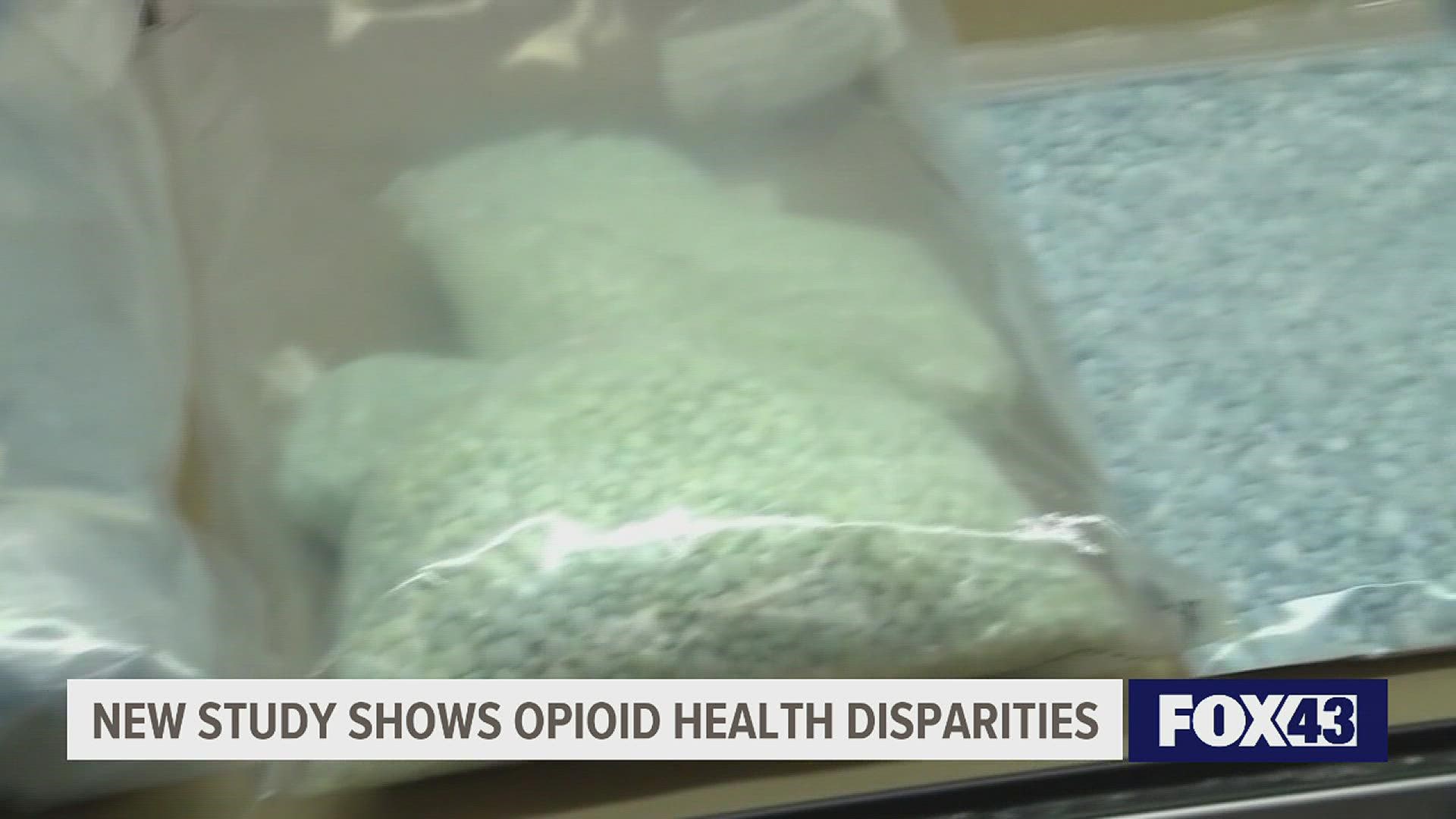YORK, Pa. — New data from the CDC shows from 2019 to 2020, overdose rates increased by 44% and 39% among Black and American Indian or Alaska Native people respectively.
“Without question, some individuals in our society are predisposed to certain health outcomes just because of who they are," said Geoffrey Roche from Harrisburg University.
Alarming new statistics are highlighting the effects of the opioid epidemic on minority populations.
Roche said certain minority groups may be more susceptible.
“We have a responsibility then to ensure that we’re doing everything possible in our healthcare system, but also in government to ensure that we’re supporting those individuals who don’t have the same levels to be as healthy as possible because they’re predisposed simply because of their genetics or simply because of where they live," said Roche.
The study found larger disparities in overdose deaths in counties with greater income inequality.
“When you look at healthcare disparities, it speaks to the fact that where you live can depend on your healthcare and can depend on your health," said Roche.
Experts hope to prepare communities using trusted messengers to help reach the areas that are being hit the hardest.
“So, we have to really use what I really call the power of partnership to help influence and educate all those individuals to understand what’s truly at stake. And so, we have to help them understand that we got to provide services to them, we’ve got to provide education to them, but we’ve got to take those resources to those communities," said Roche.
More information on addiction and resources in Pennsylvania, click here.

